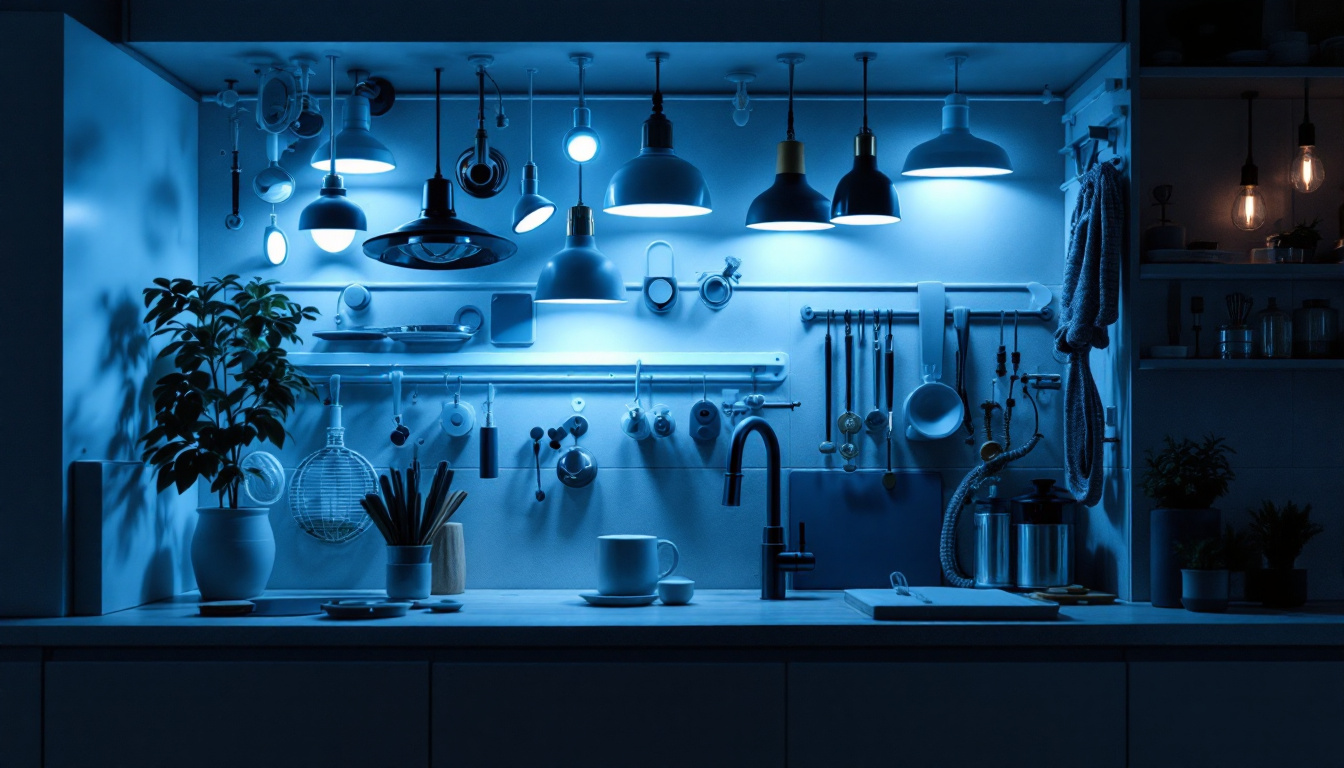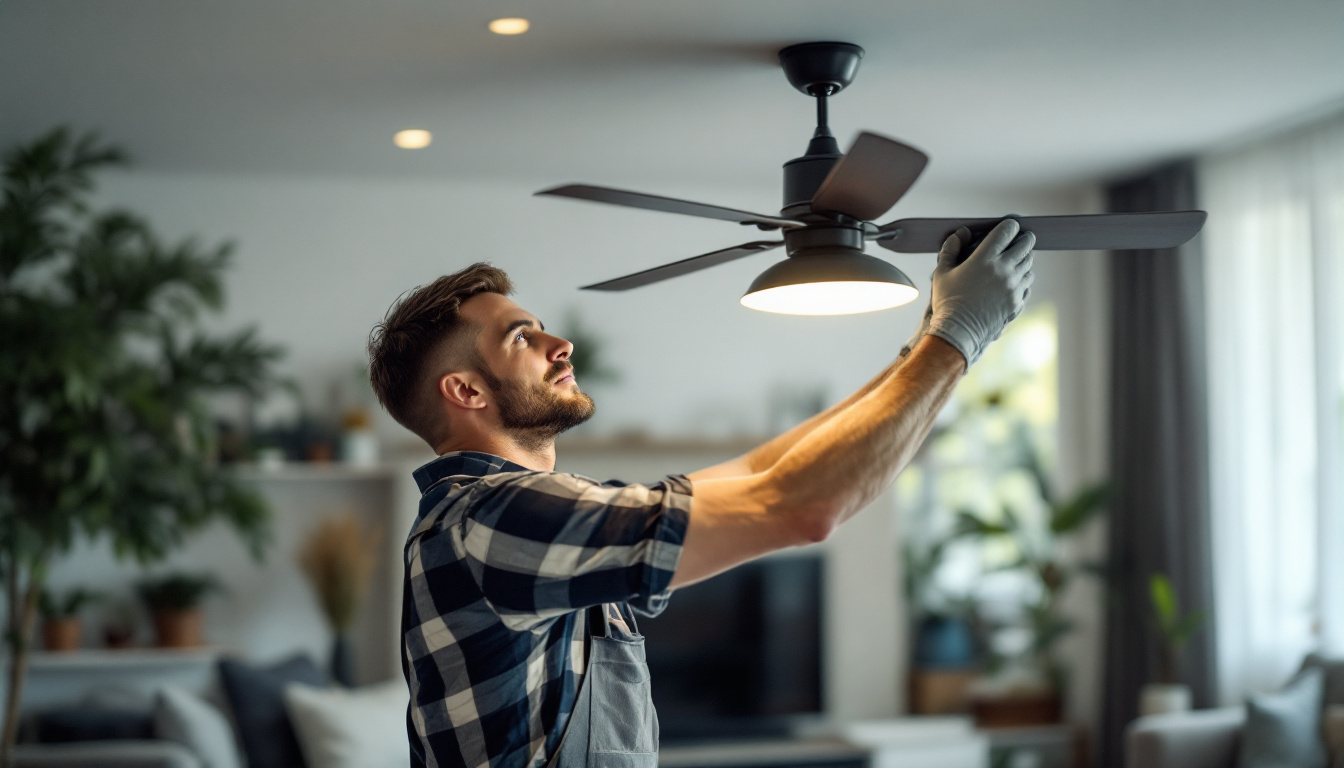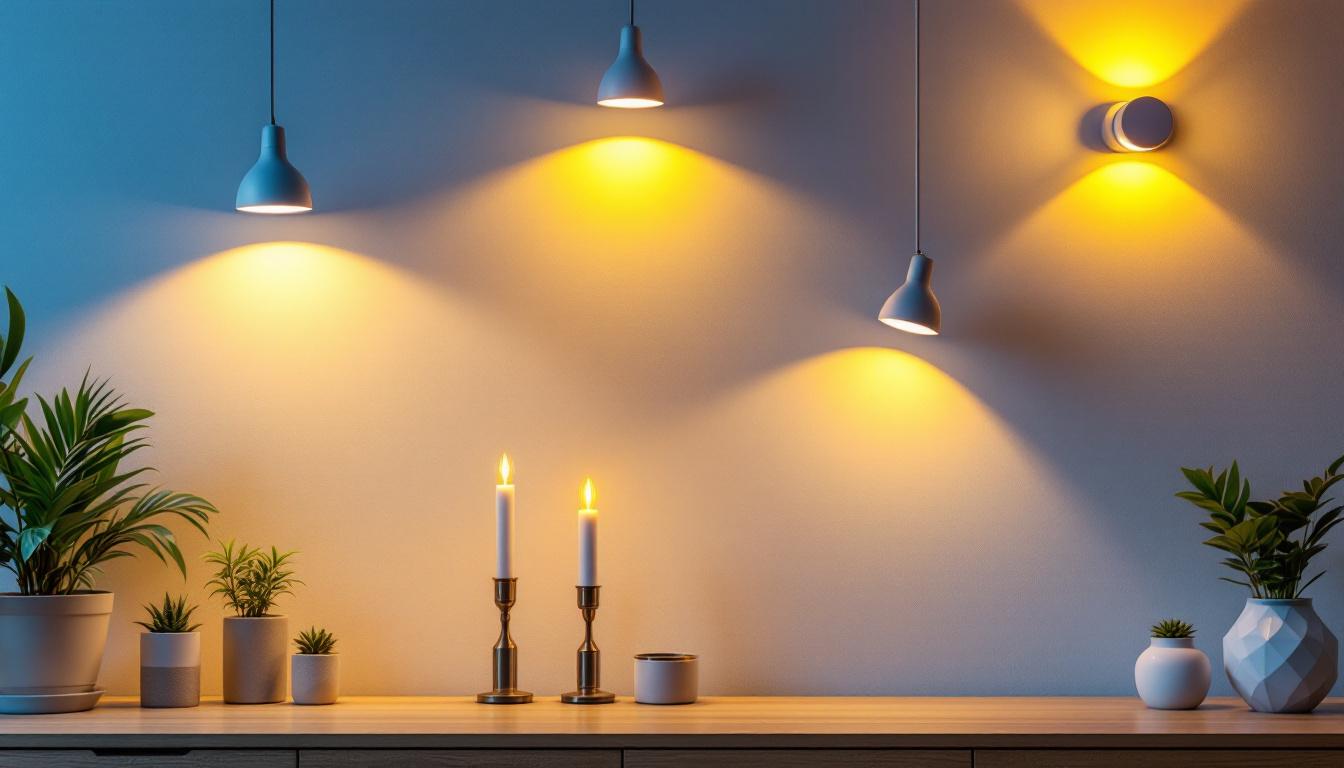
In the realm of modern interior design, lighting plays a pivotal role in enhancing aesthetics and functionality. Among the various lighting solutions available, low voltage cabinet lighting stands out for its versatility and efficiency. This comprehensive guide aims to equip lighting contractors with essential knowledge and insights into low voltage cabinet lighting, ensuring they can deliver exceptional results for their clients.
Low voltage cabinet lighting refers to lighting systems that operate on a voltage of 12V or 24V, making them ideal for illuminating cabinets, shelves, and display areas. This type of lighting not only provides sufficient illumination but also creates an inviting atmosphere, highlighting the beauty of the items within.
One of the primary advantages of low voltage systems is their energy efficiency. They consume less power compared to traditional high voltage lighting, resulting in lower energy bills and a reduced carbon footprint. Additionally, these systems often generate less heat, which can be beneficial in enclosed spaces.
To effectively implement low voltage cabinet lighting, it is crucial to understand its key components. The primary elements include transformers, fixtures, and wiring.
Transformers convert standard line voltage (120V or 240V) to low voltage, ensuring safe operation. Fixtures come in various designs, including LED strips, puck lights, and recessed lights, allowing for flexibility in installation and design. Finally, the wiring must be appropriately sized to handle the current load while minimizing voltage drop.
Low voltage cabinet lighting offers numerous benefits that make it an attractive choice for both contractors and clients. Firstly, the energy efficiency of low voltage systems translates to cost savings over time. Clients appreciate lower electricity bills, making this an appealing selling point.
Secondly, the versatility of low voltage lighting allows for creative installations. Whether it’s highlighting artwork, illuminating kitchen cabinets, or enhancing retail displays, these systems can adapt to various environments and styles. This adaptability is crucial for contractors looking to meet diverse client needs.
When designing a low voltage cabinet lighting system, several factors must be considered to achieve optimal results. These include the type of cabinet, the purpose of the lighting, and the overall aesthetic of the space.
The type of cabinet significantly influences the design of the lighting system. For instance, glass-front cabinets may require different lighting solutions compared to solid wood cabinets. Understanding the cabinet configuration, including shelves and compartments, is essential for determining the placement and type of fixtures.
Additionally, the height and depth of the cabinet can affect how light is distributed. For deeper cabinets, multiple light sources may be necessary to ensure even illumination throughout the space.
Identifying the primary purpose of the lighting is crucial in the design process. Is the goal to showcase items, provide task lighting, or create ambiance? Each purpose will dictate different lighting strategies. For example, task lighting may require brighter, focused beams, while ambient lighting might benefit from softer, diffused light.
Furthermore, considering the time of day and the activities taking place in the space can influence the choice of color temperature and brightness levels. Warmer tones often create a cozy atmosphere, while cooler tones can enhance focus and clarity.
proper installation is key to ensuring the effectiveness and longevity of low voltage cabinet lighting systems. Following best practices can help avoid common pitfalls and enhance the overall performance of the lighting.
Before installation begins, a detailed layout plan should be created. This plan should outline the placement of fixtures, the routing of wiring, and the location of transformers. A well-thought-out layout can prevent issues such as overcrowding of fixtures or insufficient lighting in certain areas.
Using design software or sketches can aid in visualizing the final outcome, allowing contractors to make necessary adjustments before installation. It’s also beneficial to involve clients in this stage to ensure their preferences and expectations are met.
When it comes to wiring, it’s essential to choose the right gauge to minimize voltage drop. Thicker wires are typically better for longer runs, while thinner wires can be used for shorter distances. Properly securing and concealing wiring not only enhances safety but also contributes to a clean and professional appearance.
Transformer placement is another critical aspect. Ideally, transformers should be located close to the fixtures they power to reduce voltage drop. Additionally, ensuring that transformers are easily accessible for maintenance can save time and effort in the future.
The selection of fixtures plays a significant role in the overall effectiveness of low voltage cabinet lighting. Various options are available, each with unique characteristics and benefits.
LED strips are a popular choice for cabinet lighting due to their flexibility and ease of installation. They can be cut to fit specific lengths and are available in various colors and brightness levels. This adaptability allows contractors to create customized lighting solutions that meet the unique needs of each client.
Moreover, LED strips are energy-efficient and have a long lifespan, making them a cost-effective option in the long run. They can be installed in various configurations, such as under shelves or along cabinet edges, providing even illumination.
Puck lights are another excellent option for low voltage cabinet lighting. These small, round fixtures can be mounted in various orientations, providing focused lighting where needed. They are particularly effective for highlighting specific items or areas within cabinets.
Available in different finishes and styles, puck lights can complement the overall design of the cabinetry. Their compact size makes them easy to install, even in tight spaces, allowing for creative lighting solutions.
As the demand for energy-efficient solutions continues to grow, low voltage cabinet lighting stands out as a sustainable choice. The use of LED technology in these systems significantly reduces energy consumption, contributing to a smaller environmental footprint.
Investing in low voltage cabinet lighting can lead to substantial long-term cost savings. While the initial investment may be higher than traditional lighting options, the reduced energy consumption and longer lifespan of LED fixtures result in lower operating costs over time.
Clients are increasingly looking for sustainable solutions that not only benefit the environment but also save them money. Highlighting the long-term savings associated with low voltage systems can be an effective selling point for contractors.
As with any lighting installation, proper disposal of old fixtures and materials is essential. Contractors should be aware of local regulations regarding the recycling and disposal of electronic waste. Encouraging clients to recycle old fixtures can enhance the contractor’s reputation as a responsible and environmentally conscious professional.
While low voltage cabinet lighting offers numerous benefits, contractors may encounter challenges during installation and maintenance. Being aware of these potential issues and having solutions at hand can streamline the process and ensure client satisfaction.
One of the most common challenges in low voltage systems is voltage drop, which can lead to dim lighting or inconsistent performance. To mitigate this issue, contractors should calculate the total wattage of the fixtures and choose the appropriate wire gauge based on the distance from the transformer.
In cases where voltage drop is unavoidable, using a higher voltage transformer and reducing the number of fixtures on a single run can help maintain consistent brightness levels.
Another challenge is ensuring compatibility between fixtures and transformers. Not all fixtures are designed to work with every transformer, and mismatches can lead to performance issues or even damage. Contractors should carefully review specifications and consult with manufacturers to ensure compatibility before installation.
The world of lighting is constantly evolving, and low voltage cabinet lighting is no exception. Staying abreast of emerging trends can help contractors offer cutting-edge solutions to their clients.
Smart lighting technology is becoming increasingly popular in residential and commercial spaces. Integrating low voltage cabinet lighting with smart home systems allows clients to control their lighting remotely, set schedules, and customize settings based on their preferences.
Contractors should familiarize themselves with smart lighting options and be prepared to offer solutions that enhance convenience and energy efficiency. This integration can be a significant selling point for tech-savvy clients.
As LED technology continues to advance, new options for low voltage cabinet lighting are emerging. Innovations such as tunable white lighting and color-changing LEDs allow for greater customization and flexibility in lighting design.
Contractors should stay informed about the latest developments in LED technology to provide clients with the most up-to-date solutions. Offering these advanced options can set a contractor apart in a competitive market.
Low voltage cabinet lighting presents a wealth of opportunities for lighting contractors looking to enhance their offerings. By understanding the fundamentals, design considerations, installation techniques, and emerging trends, contractors can deliver exceptional lighting solutions that meet the evolving needs of their clients.
As the demand for energy-efficient and aesthetically pleasing lighting continues to grow, embracing low voltage cabinet lighting can position contractors for success in a dynamic industry. With the right knowledge and skills, lighting professionals can illuminate spaces in ways that are both functional and beautiful, ultimately creating environments that delight clients and enhance their living or working experiences.
Ready to elevate your lighting projects with the efficiency and beauty of low voltage cabinet lighting? Look no further than LumenWholesale. As a lighting contractor, you deserve access to premium, spec-grade lighting products that won’t break the bank. At LumenWholesale, we provide just that—exceptional quality at wholesale prices, with the convenience of free shipping on bulk orders. Don’t let middleman markups dim your project’s potential. Choose LumenWholesale for reliable, high-performance lighting solutions that blend quality with affordability. Wholesale Lighting at the Best Value is just a click away. Enhance your professional lighting services today!

Discover essential tips for lighting contractors to avoid common pitfalls when working with LED light panels.

Discover innovative cost-saving strategies for lighting contractors with our comprehensive guide on ceiling fans with light kits.

Explore why HID lighting remains a crucial focus for modern lighting contractors.

Discover how much can lights cost and learn expert tips from top lighting contractors.